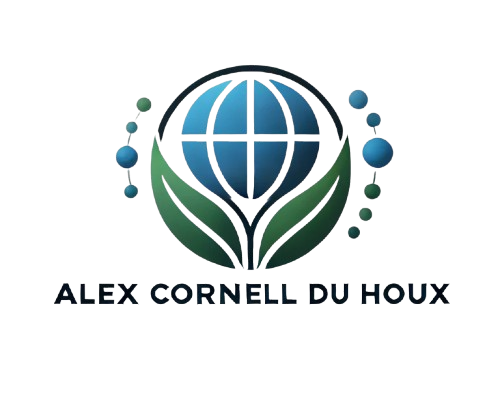We all want a strong economy, a healthy place to live, and a clean environment. These are universal goals shared by citizens throughout our nation. No one wants to see a world where pollution is holding back our prosperity.
Sadly, there are those who say pollution is necessary for our economy and we will suffer if we do not allow polluters to continue to dump carbon dioxide into our air without limit. This is an old scare tactic and false choice that has been disprovenover and over.
More than 97 percent of scientists say we are already experiencing human-caused global warming. In the military, if a commander knew there was a 97 percent threat of harm – and did not take action – he or she would be relieved of command.
Recently, the Environmental Protection Agency (EPA) proposed to reduce carbon dioxide pollution for power plants by 30 percent below 2005 levels. This is a result of the EPA and the courts finding that carbon dioxide endangers public health and should be regulated under section 111(d) of the Clean Air Act.
This is significant because U.S. electric power plants emit about 2.2 billion tons of carbon dioxide each year, or roughly 40 percent of the nation’s total emissions. Similar common sense limits on mercury and soot, which date back to 1970, have not harmed our economy – in fact they have helped create an environment of increased investment and prosperity. By limiting carbon dioxide we can continue atradition of successfully protecting our health and environment while growing our economy.
There are multiple strategies to limit carbon pollution that will improve our health and economy. In fact the EPA has suggested 50 different ways to implement the proposal. There is no silver bullet solution – rather a silver buckshot strategy gives each state the flexibility to effectively protect their health and economy.
Under the rules, states across the nation have the obligation – and opportunity – to develop a plan to meet the carbon dioxide pollution standards. The state of Iowa is an excellent example as it ranks third in new clean energy production.
State Senator Rob Hogg from Iowa is a leader in combating global warming. During my last visit to Iowa he explained how his state has already experienced unprecedented floods, severe drought, and multiple ecological disruptions over the last 30 years. Iowa’s worst flood in 2008 cost $10 billion. Nationally the frequency of billion-dollar storm-related disasters has increased five percent each year since 1980 according to the National Oceanic and Atmospheric Administration.
In addition, nearly half of all Americans live in counties in the U.S. where pollution levels make the air unhealthy to breathe, according to the American Lung Association.
Global warming is not an abstract issue in Iowa or across the nation – it is a reality. Unfortunately, science tells us it is going to get worse until we slow down and stop the buildup of carbon dioxide pollution.
Currently, we limit the amount of many pollutants and toxins, such as sulfur dioxide, mercury, and arsenic, that power plants are allowed to spew into the air we breathe, but there are no limits on carbon dioxide – even though power plants are the single largest source of carbon dioxide pollution.
The idea of setting higher standards to cut carbon dioxide pollution isn’t new – 47 states have utilities that run energy efficiency programs, 39 plus D.C. have renewable portfolio standards, and 10 have market-based greenhouse gas emissions programs.
This is an opportunity to expand on our clean energy success. For example, Senator Hogg explained that Iowa now obtains 27 percent of its total electricity generation from wind, an industry that employs nearly 7,000 people in his state. The use of wind energy led to other economic successes, attracting major tech companies that want to use clean energy. Google, Facebook, IBM, and Microsoft, combined, have invested billions in Iowa in part because they want clean energy to power their operations.
Nationally the solar energy industries report jobs in their industry are increasing faster than any other sector in the United States – by more than 20 percent each year. Every four minutes, another American home or business goes solar, supporting workers whose jobs can’t be outsourced.
Working together, we can turn the threat of carbon dioxide pollution into an opportunity to boost our economy, protect the health of our community, and protect our children’s future.
Published in the Huffington Post: http://www.huffingtonpost.com/alex-cornell-du-houx/we-need-carbon-pollution-rules_b_5454309.html?

No responses yet